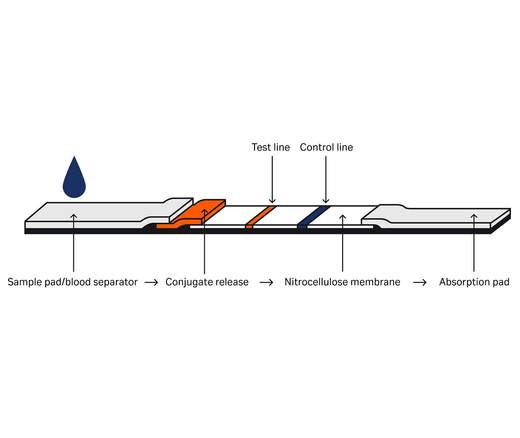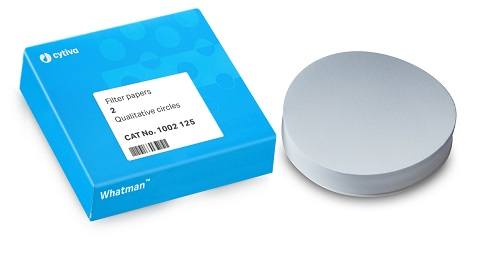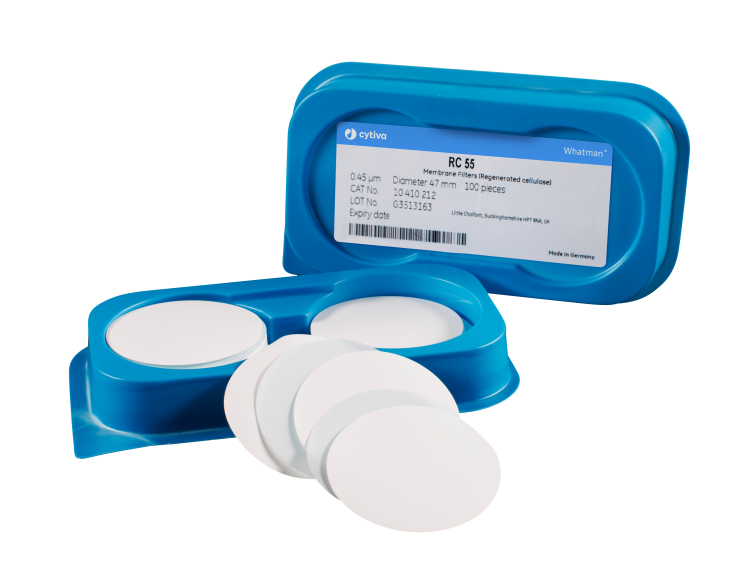知识中心
特色文章

Whatman 滤纸分级指南
滤纸,我们经常使用。可能用于检测土壤样品,去除啤酒中的溶解气体,或者只是吸收溢出的咖啡。
但是您知道为什么要使用某个型号的滤纸吗?仅仅是因为方法规定吗?这篇博客回归最基本的问题,回顾最常用的基本滤纸型号,并列举一些关键的应用。
继续阅读热门博客
膜过滤:滤膜选择指南
并非所有的膜和溶剂都能很好地混合。本快速指南可帮您根据化学相容性选择最适合应用的滤膜。
核酸纯化用玻璃纤维
了解为什么玻璃纤维 (GF) 对于研究人员、初创企业和诊断产品开发人员来说是一种经济高效、简单直接的核酸萃取产品。
水质检测膜过滤
产品的微生物质量可能会对消费者产生直接影响。下载我们的文章,了解影响检测性能和结果完整性的重要膜过滤器特性


